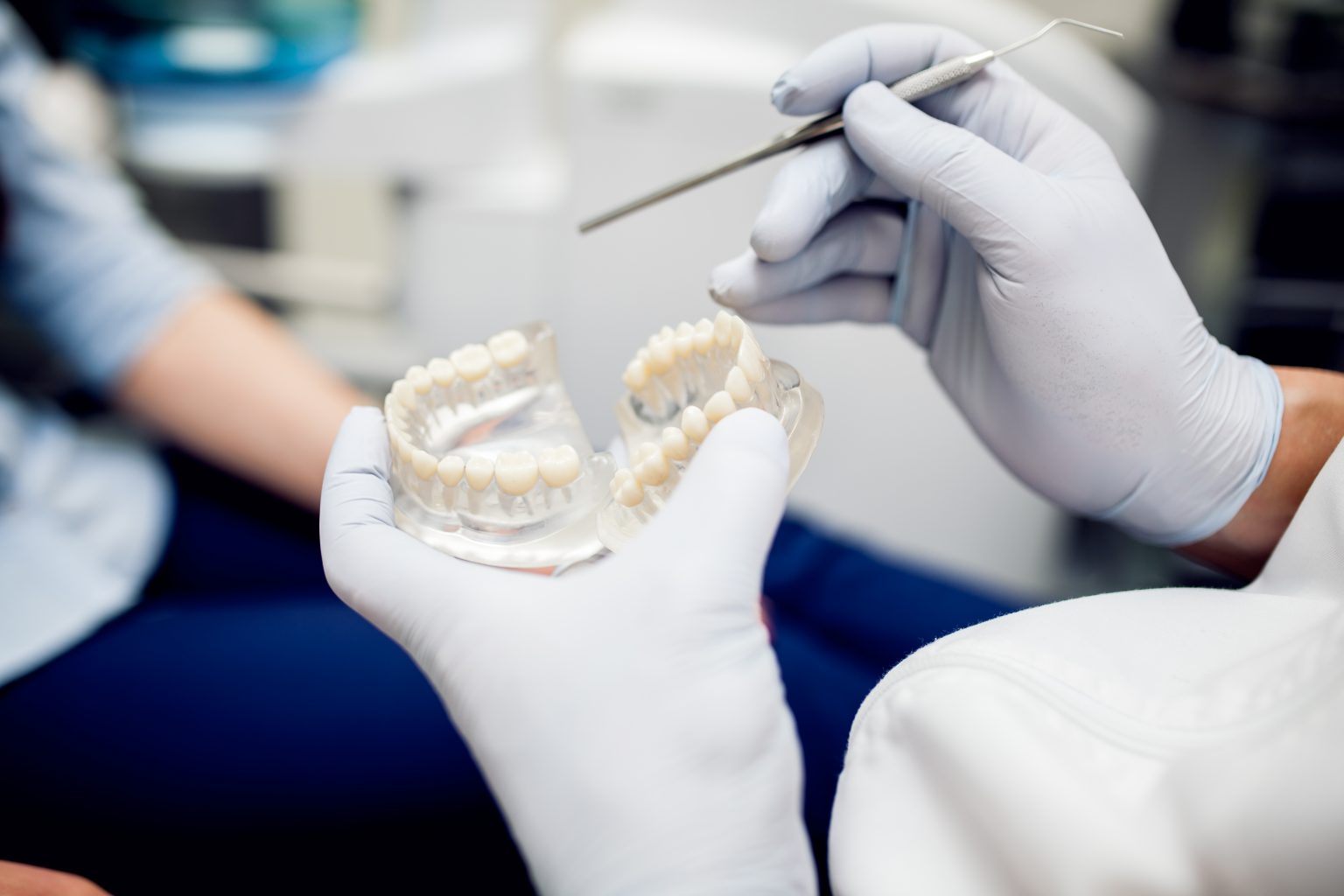Overview
For kids in particular, oral surgery might be frightening. Sedation techniques are used by many oral surgeons to reduce discomfort and anxiety. The application of pediatric oral conscious sedation and IV sedation for oral surgery are examined in this article, along with their advantages, steps, and crucial factors.
1. In oral surgery, what is intravenous sedation?
The process of giving sedative drugs straight into the bloodstream is known as intravenous sedation, or IV sedation. This technique is perfect for oral surgical operations like dental implants, corrective jaw surgery, and tooth extractions because it provides exact control over the dose of sedation and a quick onset.
2. What Advantages Does IV Sedation Offer?
Among the advantages of IV sedation are:
- Fast Onset: Almost instantly following treatment, patients feel drowsy.
- Amnesia Effect: Many patients experience less anxiety about subsequent appointments as a result of forgetting the operation.
- Customized Dosage: For maximum comfort, the degree of sedation can be changed during the treatment.
- Decreased Awareness: During surgery, patients experience less agony since they are calm and at ease.
3. How Do You Give IV Sedation?
An experienced anesthesiologist or oral surgeon administers IV sedation. Usually in the hand or arm, a tiny IV line is inserted into a vein. To guarantee the patient’s comfort and safety, the healthcare professional keeps an eye on their vital signs during the treatment.
4. What is Oral Conscious Sedation in Pediatrics?
Giving children liquid or tablet sedatives prior to a dental operation is known as pediatric oral conscious sedation. This approach, which doesn’t involve an injection like IV sedation does, allows kids unwind while still being alert.
5. When Is Oral Conscious Sedation Advisable for Children?
Oral conscious sedation in children is advised for:
- Children who are afraid or anxious find it difficult to participate when they are at the dentist.
- Children who require several dental procedures in a single visit.
- Special needs kids who might gain from a more regulated setting.
6. In what ways do parents get their kids ready for conscious sedation?
Getting ready entails:
- Talking about the Process: Parents should reassure their children by outlining what to anticipate.
- Observing Fasting Guidelines: Prior to anesthesia, the dentist will give detailed advice on what to eat and drink.
- Transportation: Since anesthesia might make a child groggy, parents should make sure they can get their child home safely.
7. Does Sedation Come with Any Risks?
Although sedation is usually harmless, there are several potential risks:
- Allergic Reactions: In rare cases, sedatives might cause allergic reactions in individuals.
- Respiratory Problems: It’s important to keep an eye on the patient to make sure they’re breathing normally when under sedation.
- Post-Sedation Side Effects: As the sedative wears off, some kids may feel queasy, lightheaded, or confused.
In summary
Patients of all ages may find oral surgery to be a stressful procedure, but the experience can be considerably lessened with the appropriate sedative techniques. While pediatric oral conscious sedation offers a delicate method for young patients, intravenous sedation gives adults having oral surgery with quick relief. Parents can make well-informed decisions regarding their child’s dental treatment and ensure a pleasant and comfortable experience by being aware of these sedation options. Always get advice from a licensed pediatric dentist or oral surgeon to determine the most appropriate sedation choice for you.

